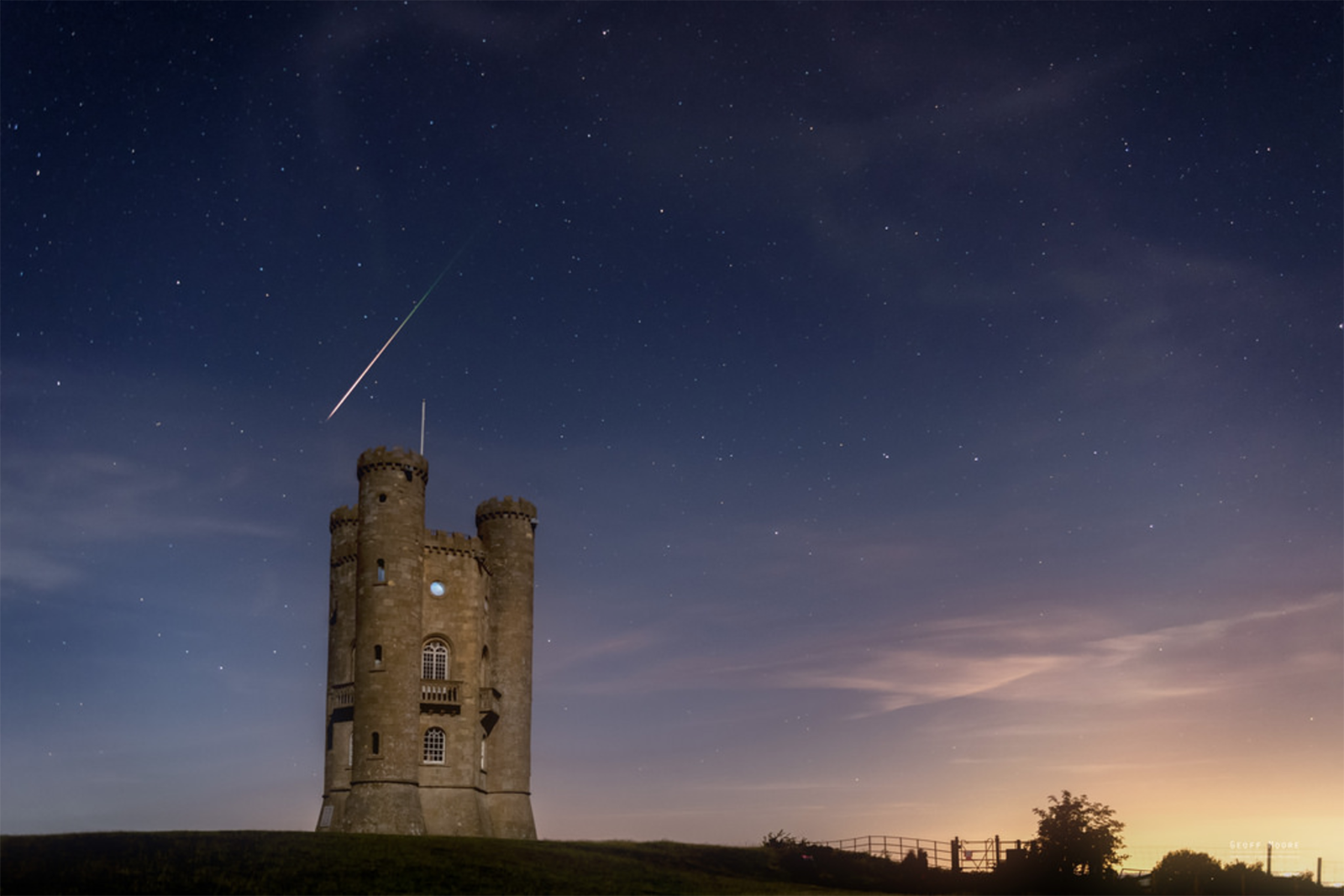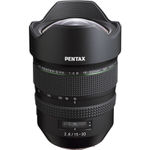
Capturing Meteor Showers and the Milky Way with Astrophotographer Geoff Moore
“Shooting stars” typically refers to meteors streaking across the night sky – but for UK-based astrophotographer Geoff Moore, the phrase literally means shooting the stars.
Even though he’s got the process down to a science, Geoff says living on a tiny island like England poses some unique challenges. Finding a location with truly dark skies and a relatively clear night can sometimes put a damper on his plans to catch the stars in action, which is why he invests a significant amount of time into researching and planning well in advance.
During last year’s Perseid meteor shower, Geoff managed to grab a solid shot just a few miles away from his house. But when he started seeing media coverage in the lead-up to this year’s event, he was inspired to put in a bit more effort. First, he started looking at the weather forecasts for the weekend, to see when he would have the opportunity to capture the shower in action.
“The weather was set to turn pretty cloudy and wet over the peak period of the weekend, so I decided to make the most of the forecast clear weather on the Friday evening and into early hours of Saturday morning, before the rain and cloud arrived,” he says.
He also researched light pollution maps and travelling considerations to find an area within a couple of hours drive that would be dark enough to accurately capture the activity in the sky. After a bit of digging around, Geoff says, he eventually settled on an area about an hour and a half from his home.
“The Long Mynd, which is a heath and moorland plateau that forms part of the Shropshire Hills in Shropshire, sits in a relative dark-skies area,” he says. “Knowing that the Milky Way would be visible in the south to southwest, and this direction is looking into central Wales, where the skies are much darker, it was an obvious choice to travel to – and not too far away.”
To get a better idea of what the area would look like, Geoff browsed images of the Shropshire Hills at various times of the day and night – giving him some advance notice of any potential hazards, elements of foreground interest, or other various considerations before venturing out on the night of the shoot.
“Fast forward to the Friday evening,” he says. “Knowing that my intended destination was around an hour and a half away, and knowing what time the sun would set and the time for astronomical twilight – which occurs when the sun is between 12 degrees and 18 degrees below the horizon and the skies are at their darkest – I set off, giving myself at least a good hour and a bit to explore the location and settle into a composition during the blue hour.”
After exploring the area and taking a few test images – shooting, refining, and shooting again – Geoff says he started to nail down the specific framing he had in mind. The buffer before true darkness hit gave him just enough time to get his camera set up and ready to go.
“The Milky Way and the galactic core at this time of year holds a near-vertical position within the sky,” he says. “As it was the main subject of the frame, it seemed more sympathetic to shoot in a portrait orientation, rather than a traditional landscape – which, under available ambient lighting and limited foreground interest on the hills, would not have added much to the final image.”
Camera & Settings


Pentax K-1
36.4MP Full-Frame CMOS Sensor, 3.2″ Cross-Tilt LCD Monitor, Full HD 1080p30 Video Recording


Pentax 15-30mm f2.8
Aperture Range: f/2.8 to f/22, Supersonic Direct-Drive AF Motor, Dust- and Weather-Resistant Design
Shooting with a Pentax K1 allows Geoff to take advantage of the camera’s built-in astrotracer function. In essence, he says, this function briefly rotates the camera’s sensor in time with the earth’s rotation – allowing Geoff to shoot a 60-second exposure without the stars visibly trailing in the final image.
Using a Pentax-D FA 15-30mm f/2.8 ED SDM WR, Geoff shot his 60-second exposure at an aperture of f/2.8 and an ISO of 3200. A similar result could have been achieved, he says, by taking six 10-second exposures and then aligning and stacking them in Photoshop.
With his image captured, Geoff applied a few base edits in Lightroom – adjusting white balance, color temperature, highlights, contrast, etc. – before moving into Photoshop to work on tonality. Selective edits were also done, he says, using luminosity masks, noise reduction, and selective sharpening.
On a personal, self-reflective level, Geoff says he hopes his final shot expresses his application of technical skill and artistic intent – but for a wider audience, he wanted to showcase the beauty and grandeur that can be seen in the night sky, even in relatively light-polluted countries.
“We should all spend a little more time looking up at the night sky,” he says. “The stars and heavens are just as much a part of human evolution and history as the invention of fire and the wheel. Not only is it something beautiful to behold, but it also has, through the ages, had massive practical application for our ancestors. It’s a shame not everyone gets to really experience the expanse and depth the night sky and Milky Way provide to the mind.”
Geoff’s photography can be found on his website, as well as his many social media accounts – Flickr, Facebook, Twitter, Instagram, and YouTube. He also provides detailed information about shooting the stars at his Astro Blog.
















